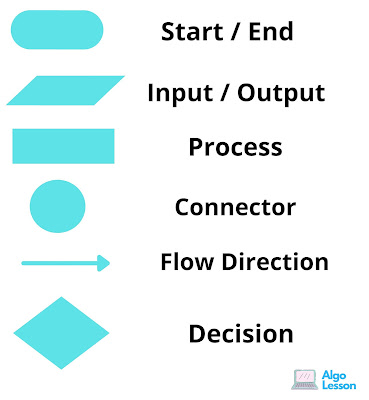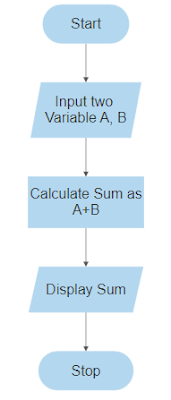Before writing the code for an application pre-planning the code is important and we can do this with the help of Flowcharts and Pseudocode. It helps us in writing good and efficient programs.
What is a Flowchart?
A Flowchart is a diagrammatic representation of an algorithm, workflow, or process. It represents a step-by-step approach to solving a problem. The lines and arrows in it show the sequence of steps and the relationship among them.
It uses different shapes and arrows to depict the sequence of actions and decision points in a program. Each shape in a flowchart represents a specific action, and arrows indicate the flow of control from one step to another.
Below are the Flowchart symbols commonly used:
- Oval: Represents the start or end of the program.
- Rectangle: Represents a process or action to be performed.
- Diamond: Represents a decision point where a condition is evaluated.
- Parallelogram: Represents input or output operations.
- Arrows: Indicate the direction of flow between different steps.
What is Pseudocode?
Example of Flowchart with Pseudocode.
So, this basic understanding of flowcharts and pseudocode with two real-life examples. Hope you found this blog post helpful. You can use the comment section below to ask your questions related to the topic. (alert-success)



No comments:
Post a Comment